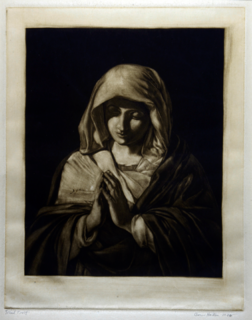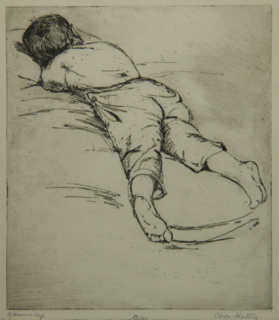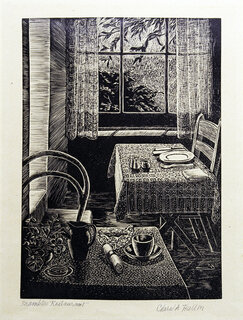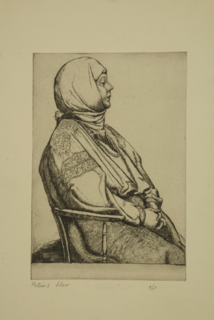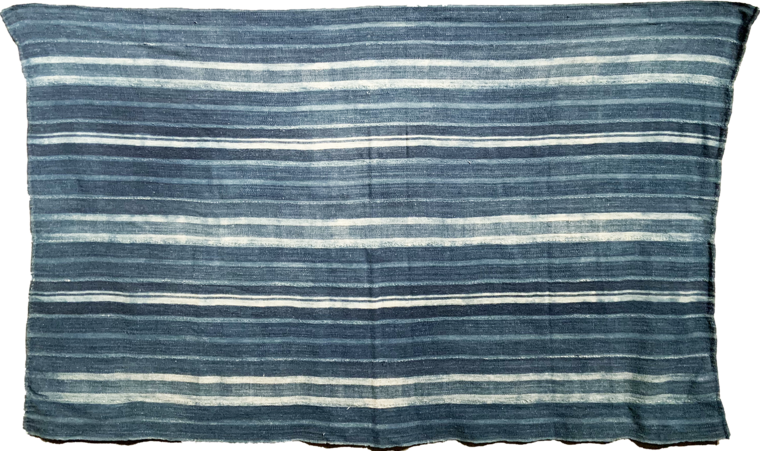
Among Dogon-identifying peoples in central Mali, 'tombe toun' play an essential role in the social lives of women. These indigo-dyed textiles are worn as body wraps and are also exchanged during marriage ceremonies and used as burial shrouds to honor the lives of the deceased. 'Tombe toun' are created by stitching together narrow woven strips made from hand spun cotton and silk yarn. The wild silk, which is believed to hold traces of an esoteric force called 'daoula', is processed into thread by Dogon women and woven into strips by male artists. The most prestigious 'tombe toun' maintain a sheen that is created by silk threads which are interwoven throughout the cotton foundation. The presence of the silk fibers not only imbues the piece with a powerful healing aura, but also adds durability to the textile.
